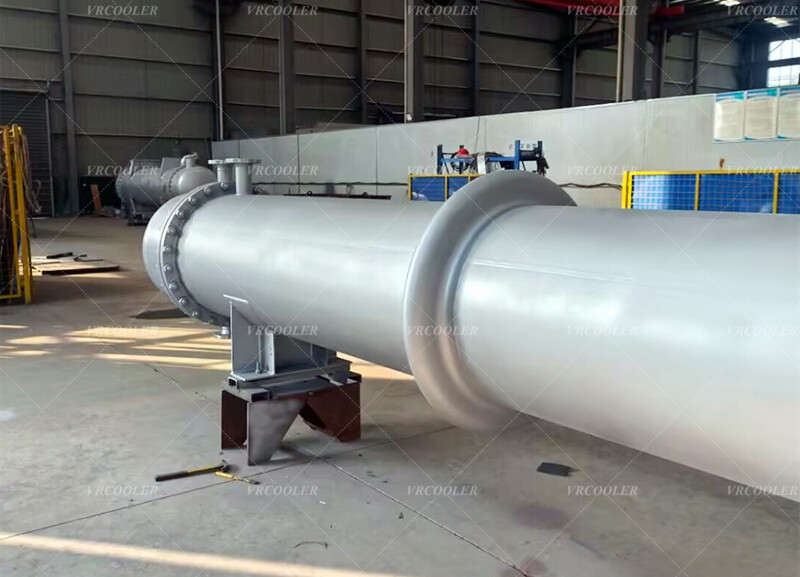Oil and Gas Process Shell Tube Heat Exchanger
In the oil and gas industry, shell-and-tube heat exchangers are critical workhorses, used across upstream, midstream, and downstream processes to transfer heat between fluids (liquids, gases, or multiphase mixtures). Their design is tailored to handle harsh conditions—high pressures, extreme temperatures, corrosive media, and fouling substances (e.g., wax, solids, sulfur compounds).
Key Applications in Oil & Gas Processes
Shell-and-tube exchangers are integrated into nearly every stage of hydrocarbon processing, from extraction to refining. Here are the most common use cases:
a. Upstream (Exploration & Production)
Crude oil heating: Preheating waxy or high-viscosity crude oil to reduce viscosity for easier pumping (e.g., in offshore platforms or pipelines).
Natural gas dehydration: Heating natural gas to remove moisture (via glycol dehydration units) or to regenerate drying agents (e.g., triethylene glycol, TEG).
Produced water treatment: Cooling produced water (a byproduct of oil/gas extraction) before disposal or recycling.
Wellhead processing: Cooling high-pressure, high-temperature (HPHT) reservoir fluids to safe temperatures for separation (oil, gas, water).
b. Midstream (Transportation & Storage)
Pipeline heating: Maintaining crude oil or heavy hydrocarbons above their pour point (to prevent wax deposition) using heat exchangers powered by waste heat or fuel.
LNG processing: Cooling natural gas during liquefaction (though cryogenic exchangers are often specialized, shell-and-tube designs may be used in pre-cooling stages).
Terminal operations: Heating stored crude or refined products (e.g., diesel, jet fuel) to enable loading/unloading.
c. Downstream (Refining & Petrochemicals)
This is where shell-and-tube exchangers are most extensively used, as refining relies on precise temperature control for separation and chemical reactions:
Distillation units (CDU/VDU):
Preheating crude oil with hot distillate products (e.g., gasoline, diesel) to reduce energy use in furnaces (a "heat integration" strategy).
Cooling overhead vapors from distillation columns to condense products.
Catalytic cracking (FCC):
Cooling cracked hydrocarbons exiting the reactor.
Recovering heat from flue gas to generate steam or preheat feedstock.
Hydroprocessing (hydrocracking, hydrotreating):
Heating feedstock (e.g., heavy oil) with hot reactor effluent before entering the hydrotreater.
Cooling reactor effluent (which contains hydrogen, light gases, and liquid products) for phase separation.
Solvent extraction: Heating/cooling solvent streams (e.g., in lube oil refining) to optimize solubility of impurities.
Amine sweetening: Heating amine solutions (used to remove H₂S/CO₂ from natural gas or refinery gases) to regenerate the amine for reuse.


